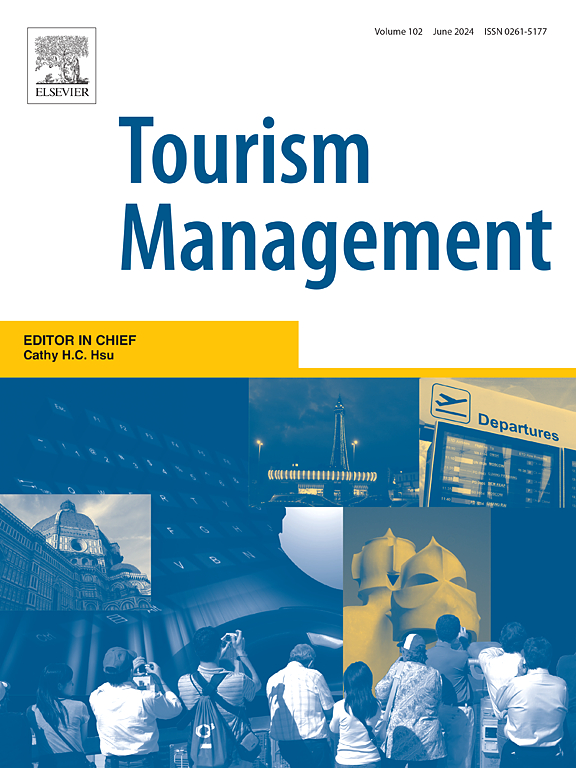A game-theoretic approach to green tourism development strategies: Government interventions and sustainable practices across diverse markets
IF 12.4
1区 管理学
Q1 ENVIRONMENTAL STUDIES
引用次数: 0
Abstract
Governments worldwide have formulated interventions to facilitate the transition to green tourism, but the most effective approaches remain unclear. Existing research has focused primarily on tourism business strategies in response to government interventions, with limited attention to government goals and social welfare. Through the lens of stakeholder theory and triple bottom-line theory, this study establishes a private-public-people partnership (P4) model to examine the effectiveness of green measures and develop optimal subsidy programs. These programs are intended to function in an economy where the tourism industry is sustainably managed, with environmental, economic and social objectives. Unlike traditional models using a two-layer structure, a three-layer game-theoretical approach is employed to better capture the complexities of real-world dynamics. Our analysis reveals that the structure of the optimal subsidy program relies on (a) the market types (mass versus niche); and (b) the presence of well-implemented measures for higher-level green tourism. Key findings include: (1) well-budgeted subsidy programs can achieve the three goals; (2) governments should prioritize tourist subsidy in niche markets, while tourism business subsidy is necessary for the mass market; and (3) tourism businesses benefit from higher-level green measures, which contribute to greener tourism experience, higher price stability, and a better environment.
绿色旅游发展战略的博弈论方法:不同市场的政府干预和可持续实践
世界各国政府已经制定了促进向绿色旅游过渡的干预措施,但最有效的方法尚不清楚。现有的研究主要集中在应对政府干预的旅游企业战略上,对政府目标和社会福利的关注有限。本文通过利益相关者理论和三重底线理论的视角,建立了一个公私伙伴关系(P4)模型,以检验绿色措施的有效性,并制定最优补贴方案。这些计划旨在在旅游业可持续管理的经济中发挥作用,具有环境,经济和社会目标。与使用两层结构的传统模型不同,采用了三层博弈论方法来更好地捕捉现实世界动态的复杂性。我们的分析表明,最优补贴方案的结构取决于(a)市场类型(大众还是利基);(b)实施良好的高水平绿色旅游措施。主要发现包括:(1)预算合理的补贴方案可以实现三个目标;(2)政府应优先对小众市场进行旅游补贴,而对大众市场进行旅游企业补贴;(3)旅游企业受益于更高层次的绿色措施,这有利于更绿色的旅游体验、更高的价格稳定性和更好的环境。
本文章由计算机程序翻译,如有差异,请以英文原文为准。
求助全文
约1分钟内获得全文
求助全文
来源期刊

Tourism Management
Multiple-
CiteScore
24.10
自引率
7.90%
发文量
190
审稿时长
45 days
期刊介绍:
Tourism Management, the preeminent scholarly journal, concentrates on the comprehensive management aspects, encompassing planning and policy, within the realm of travel and tourism. Adopting an interdisciplinary perspective, the journal delves into international, national, and regional tourism, addressing various management challenges. Its content mirrors this integrative approach, featuring primary research articles, progress in tourism research, case studies, research notes, discussions on current issues, and book reviews. Emphasizing scholarly rigor, all published papers are expected to contribute to theoretical and/or methodological advancements while offering specific insights relevant to tourism management and policy.
 求助内容:
求助内容: 应助结果提醒方式:
应助结果提醒方式:


